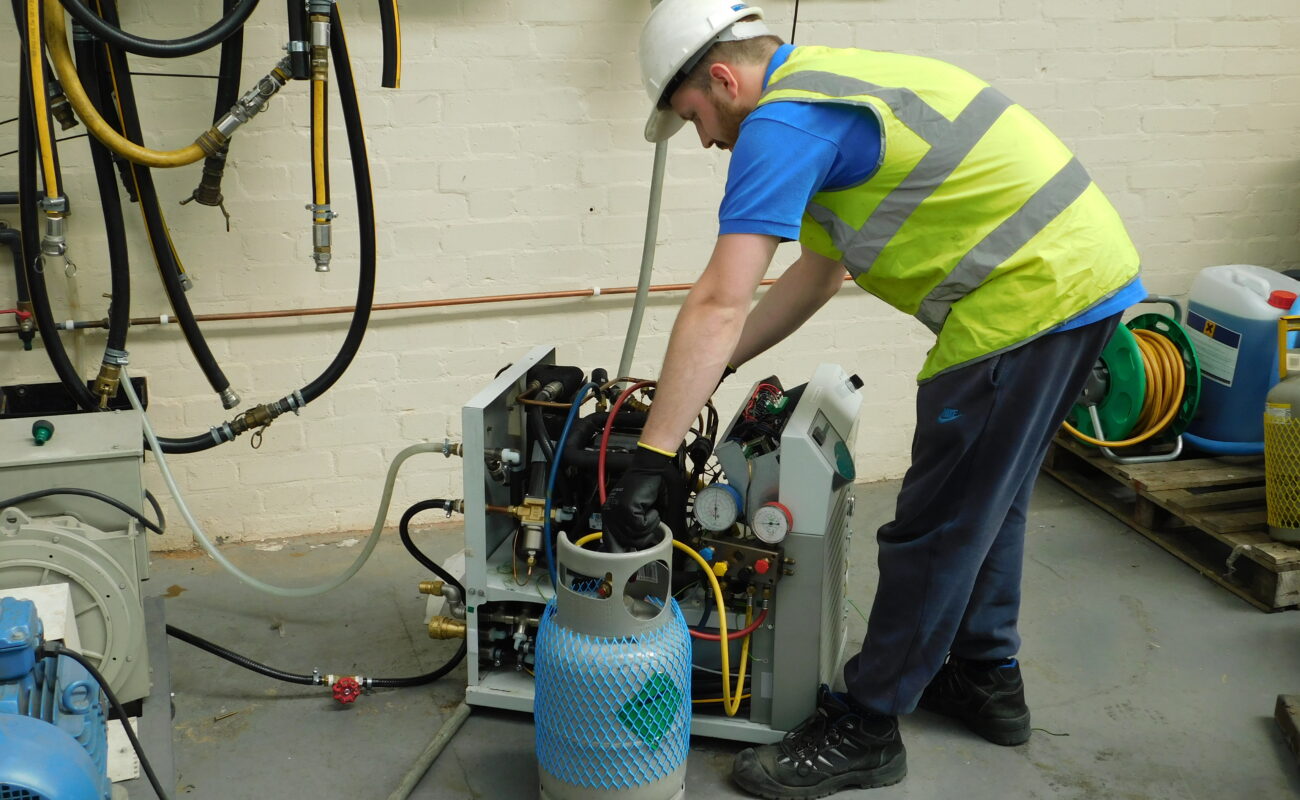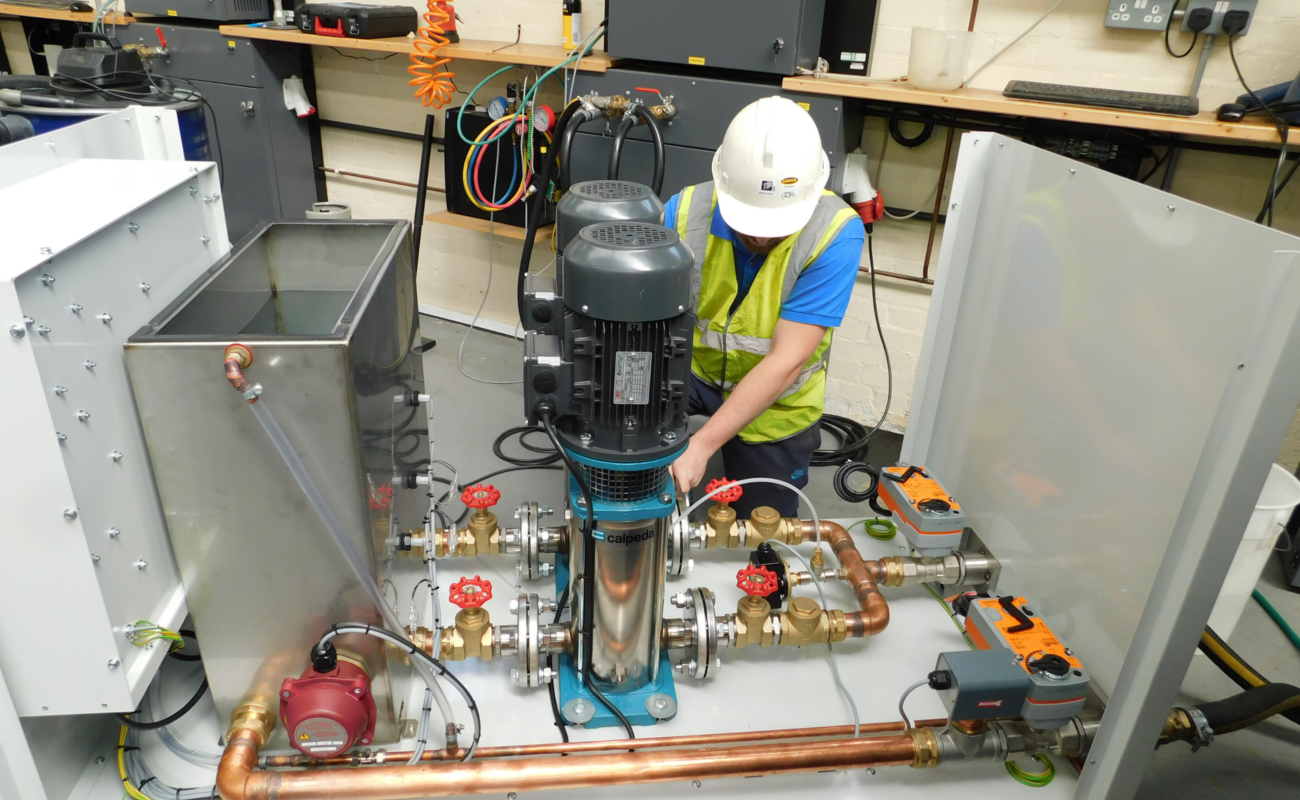UK F-Gas Consultation: What the Proposed Changes Mean for Chiller Users – and How ATC Can Help
The UK Government has launched a major consultation on reforming Great Britain’s F-Gas regulations, signalling some of the most significant changes to refrigerant policy since the country established its independent framework post-Brexit. With tightening quotas, long-term sustainability goals, and increased pressure to transition toward lower-GWP refrigerants, organisations that rely on laboratory and industrial chillers should pay close attention.
At Applied Thermal Control, we are actively reviewing the proposals to ensure that our customers are fully supported as the regulatory landscape evolves.
What's Happening?
How Applied Thermal Control Supports Customers Through Regulatory Change
At ATC, we design, build, and support chillers for laboratories and industrial users across the UK, Europe, the USA, and global export markets. We are already preparing for the next decade of refrigerant transition – and helping our customers to do the same.
Low-GWP Refrigerant Chillers (R290 & R454C)
Our next generation chillers are engineered around refrigerants with dramatically lower GWP values. This ensures long-term compliance with tightening regulations, reduced risk of refrigerant supply challenges, and improved environmental performance without compromising cooling capacity.
Expert Guidance on Replacement Strategy
We can help you to review your existing chiller fleet and assess which units may become costly or risky due to refrigerant limitations, where early planning can prevent operational disruption, and what upgrade paths align with new F-Gas targets.
Global Wide Service Support
Our service team and partner network provide leak checks and refrigerant health assessments, preventative maintenance to reduce breakdown risk, and advice on safe operation of modern refrigerants.
OEM & End-User Support for Future Designs
For OEMs integrating cooling into their equipment, our engineering team can advise on refrigerant selection, system integration, and long-term regulatory compatibility.
What Should Chiller Users Do Now?
ATC’s Commitment
Regulatory change can be challenging, but it also pushes the industry toward smarter, cleaner, and more efficient cooling technologies. ATC will continue working with laboratories, OEMs, industrial users, and engineering partners to ensure a smooth, practical transition as the UK shapes its future F-Gas framework.
If you would like support reviewing your cooling systems – or want to understand how the proposed changes may impact your business – our team is here to help.



